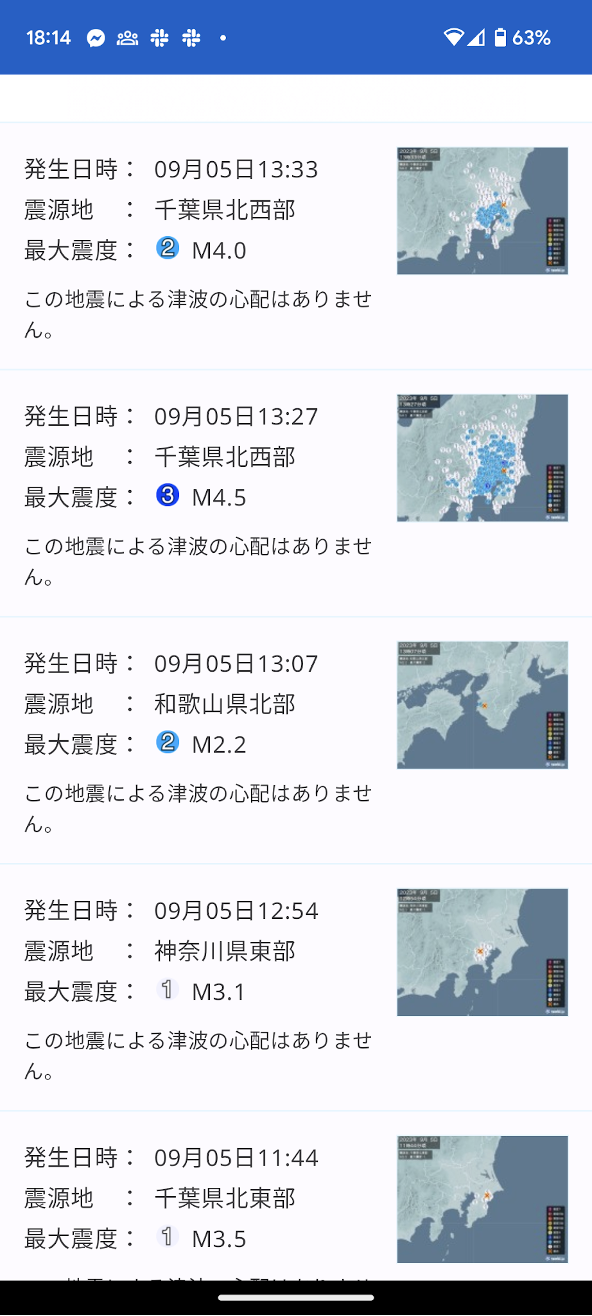グループA DiaryDay2 (9/5)
Group A Felt a Sudden EarthquAke
After a restful sleep, we gleefully made our way back to AORI for another action packed day of gaining new knowledge. While our day was filled with back to back to back lectures, we wanted to take this time to reflect on some of our favourite and most thought provoking concepts of the day. Most importantly, excited to share our Aussie snacks with Mai!
A question we pondered as a group: What is a hazard if there are no people to harm? “If a tree falls in a forest and no one is around to hear it, does it make a sound?” This is the concept that may be applied (and we found useful) when defining if something is a hazard or not. We discussed the differences between Australia and Japan in the types of hazards we experience. While the ANU students in our group worry about fire, flood, and drought, Mai is more concerned with volcanic eruptions, earthquakes, and snow. Quantifying the risk of natural geohazards is difficult on a global scale because we live in different countries, with different tectonics, values, and climates. The question we were pondering was answered by Dave Heslop’s enlightening lecture. A swift and succinct definition of the 4 criteria for a natural hazard put our minds at ease. We now know that hazards can be a tricky thing to define but ultimately it is not a hazard if there are no people to harm!
Unfortunately, Derya’s lecture left us with more questions. Why do we care about plate tectonics? What has it done for us? These were our next set of natural hazard philosophical questions. Duh! Of course we care about plate tectonics, that’s why DFAT gave us our funding! (other than Catherine, she has to pay) But on a serious note, numerous beautiful and culturally rich countries around the world, like Japan, owe their existence to plate tectonics, more specifically subduction zones. Further, it is the missing link to understanding the natural hazards that occur in these active-plate regions, this fundamental understanding essentially enables professionals in these affected areas to effectively plan and mitigate the impact of these disasters. Hopefully, reducing the number of catastrophic, or even disastrous events from occurring. On an important tangential note, plate tectonics have set the feminist movement back FIFTY YEARS. Now that is a bit dramatic, but what we mean by this is the missed opportunity in Derya’s presentation to acknowledge Marie Tharp, who was the actual person behind the theory of seafloor spreading (Harry Hess stole the credit). So apart from our rant, plate tectonics have done numerous helpful things for humanity and have significantly advanced our knowledge (and ability to alleviate) natural disasters.
Yokoyama’s lecture on the Anthropocene really shook the room. A 4.5 Magnitude earthquake moved the floor beneath us. It was the first for three of us Australian’s in the group, who were surprised that we just continued business as usual. Yokoyama made it clear that human actions have now reached a point where they are actively impacting the environment on a global scale.

So we asked ourselves, are we in the Anthropocene?
Our different backgrounds came to life during this discussion. To kick us off Catherine and Dom both agreed that there was a clear indication of the Anthropocene beginning based on evidence in natural archives all around the world, we can see patterns of climate, fluctuating naturally over millions of years. What is different now is the rapidness and intensity unlike anything the Earth has experienced before, and they both agreed that the atomic fallout recorded in the stratigraphy would be a good marker for the beginning of this epoch. While Eliza, Sarah and Mai, coming from a less (scientifically) knowledgeable background, took the perspective that the anthropocene should have begun significantly sooner, as early as the Neolithic revolution as arguably people have been altering the environment ever since this time period.
Overall, today we learnt (and subsequently reflected on) how seemingly distinct scientific disciplines and ideas are actually interconnected to one another in the big picture. Today we all agreed that the plate tectonics in a region dictate what hazards may be experienced to how they can affect socio-economic factors from fisheries to local communities. We also agreed that underpinning all of the topics discussed was the recurring notion that science communication and promoting it to the general public was paramount to conducting successful science.


